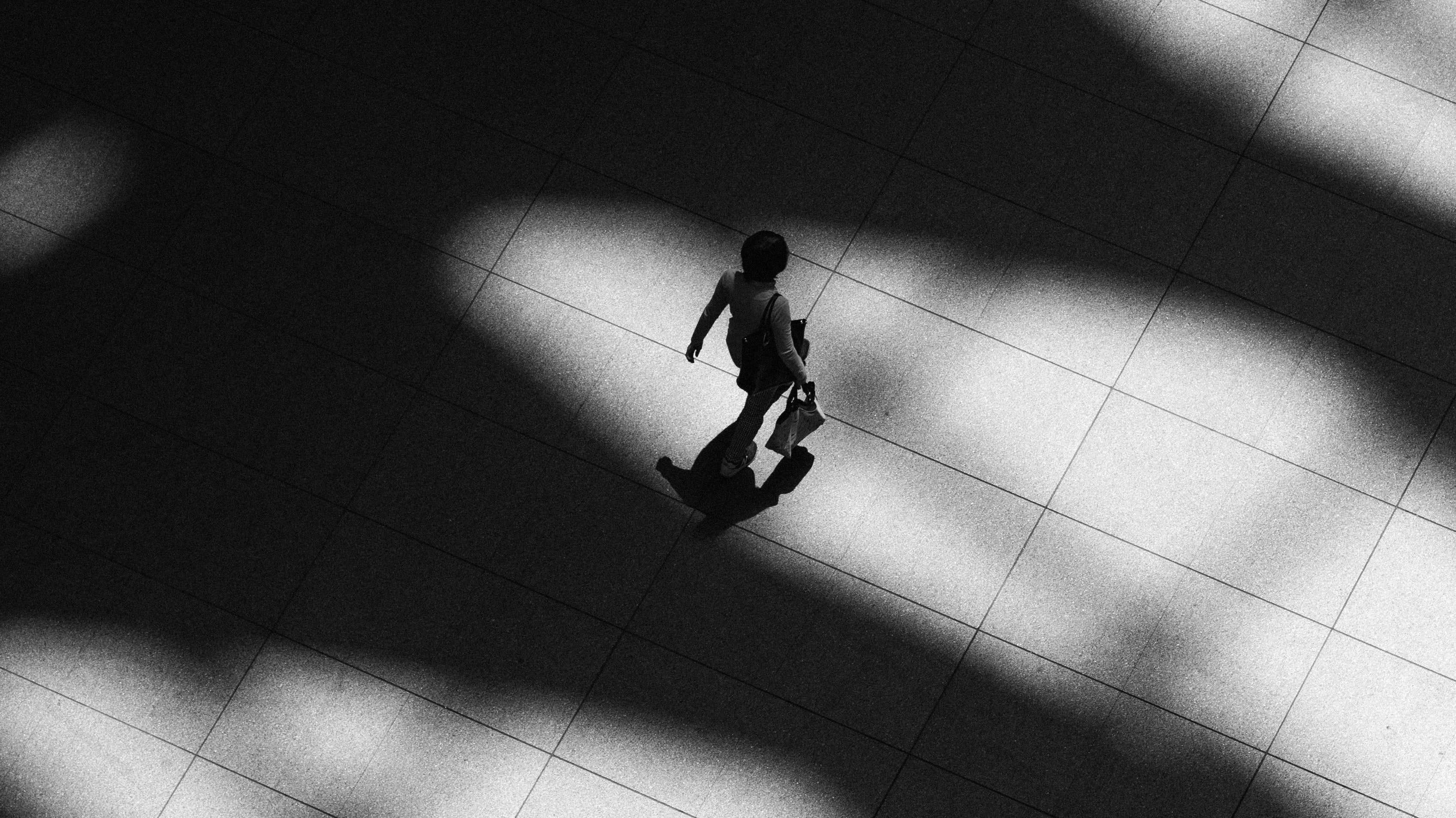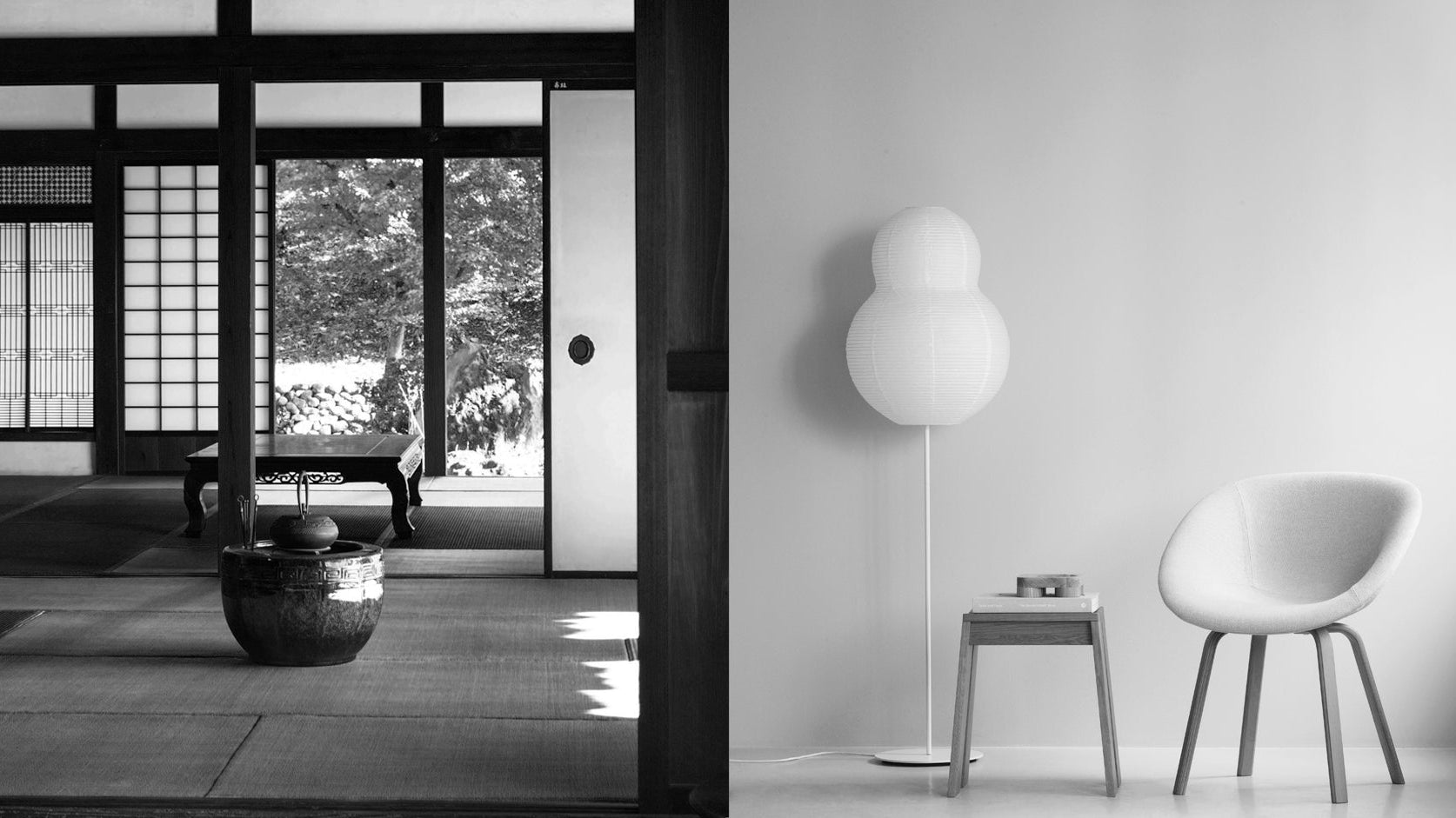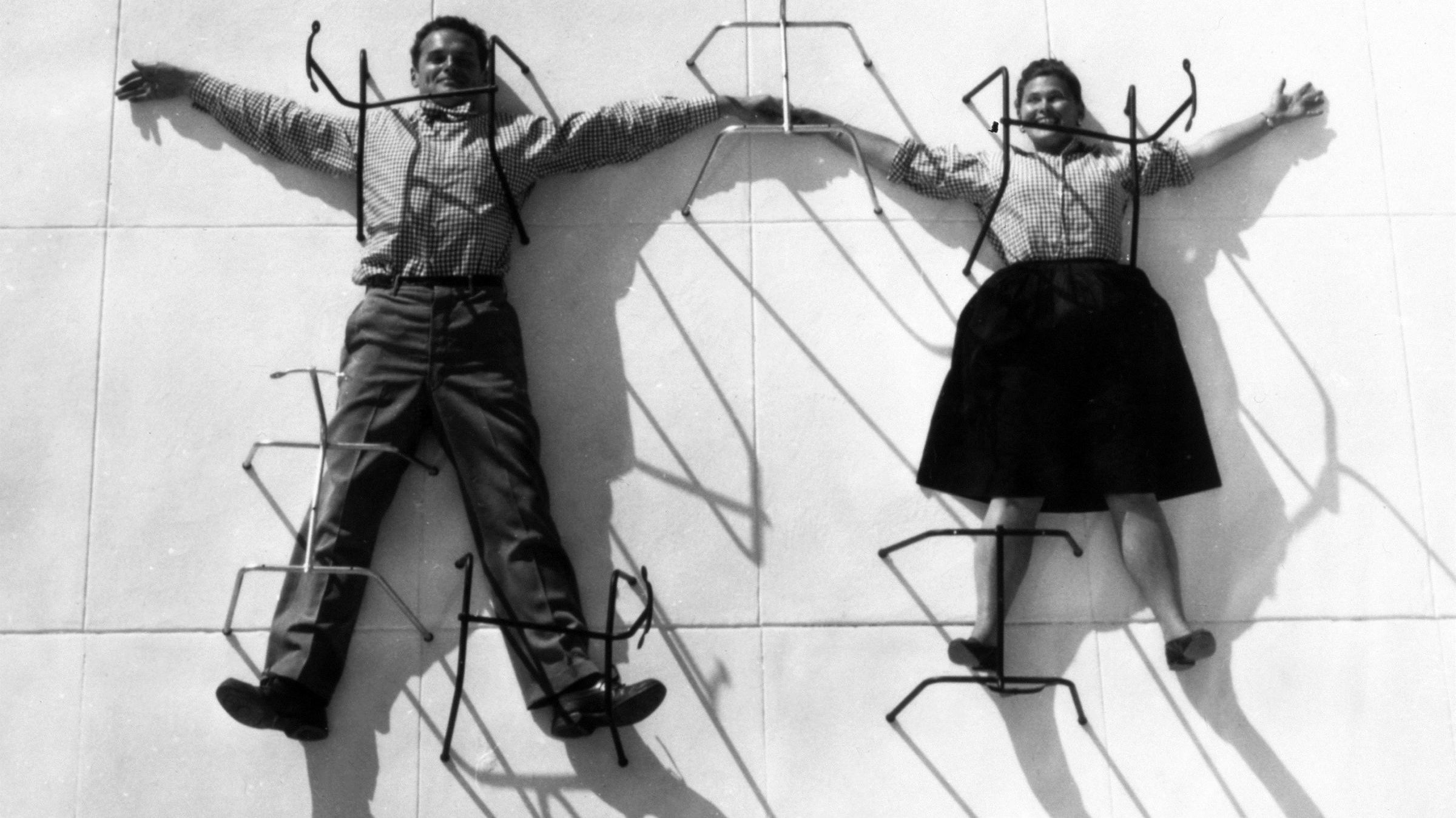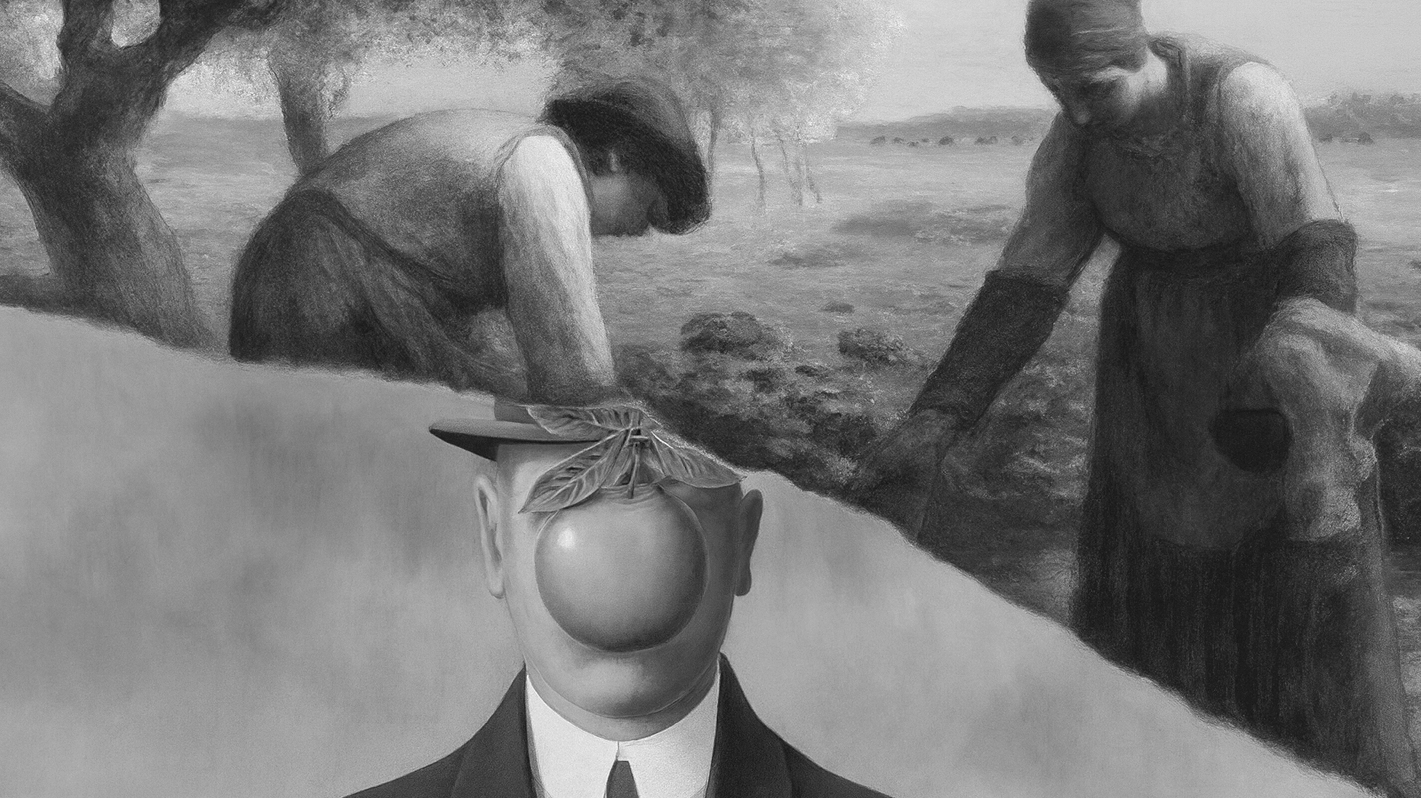Ikebana is the traditional Japanese art of flower arrangement, but it encompasses much more than simply creating a visually pleasing display. What sets ikebana apart is the deep discipline, creativity, and spiritual mindfulness involved in its practice. This unique art form goes beyond the final arrangement to offer a profound experience. In this article, we'll explore the essence of ikebana, uncovering what makes it an extraordinary and distinctive art form.
(Ikebana: The Art of Japanese Flower Arrangements - dans le gris)

Photo via Modern Ikebana: A New Wave in Floral Design
(Ikebana: The Art of Japanese Flower Arrangements - dans le gris)
What is Ikebana?
Ikebana(生け花), the Japanese art of flower arrangement. Ikebana has been characterized as being more subtle, sensitive, and sophisticated than other methods of arranging flowers. This is because ikebana is regarded as one of the three classical Japanese arts of refinement. In the same way that painting and sculpture are considered art forms in other cultures.
(Ikebana: The Art of Japanese Flower Arrangements - dans le gris)
(Ikebana: The Art of Japanese Flower Arrangements - dans le gris)
Ikebana takes its name from the concept of "bringing flowers to life," as the term itself suggests. Through this art form, flowers, branches, leaves, and stems are given new life as materials for artistic expression. The goal of ikebana is to reveal the inner qualities of these natural elements and convey emotions through their arrangement. This involves the careful selection and placement of materials to achieve harmony, balance, and beauty in the final arrangement. By combining these elements, ikebana practitioners create something that reflects not only their own creativity but also the essence of Japanese culture and spirituality.
(Ikebana: The Art of Japanese Flower Arrangements - dans le gris)
The Origins and History of Ikebana Flower Arrangements
(Ikebana: The Art of Japanese Flower Arrangements - dans le gris)
The roots of ikebana trace back to the 7th century when it was first influenced by Buddhist rituals and offerings. Initially used to create simple floral offerings in temples, the practice evolved over time, reflecting changes in Japanese culture and aesthetics. By the 15th century, ikebana had captured the attention of shogun officials, who admired its beauty and elegance. It began to take on its distinctive form as a refined art, with structured styles and rules emerging. By the 17th century, ikebana had become more widely practiced, particularly among the aristocracy.
(Ikebana: The Art of Japanese Flower Arrangements - dans le gris)

Kasumi Teshigahara. Photo by Denver Post via Getty Images.
(Ikebana: The Art of Japanese Flower Arrangements - dans le gris)
As time passed, ikebana evolved from its early forms into the complex and refined art we recognize today. Ikebana schools have gained popularity worldwide, with many emerging in different parts of the globe. Among these, three schools stand out: the Ikenobo school (池坊), which preserves traditional ikebana techniques; the Ohara school (小原流), which blends traditional and contemporary styles; and the Sogetsu school (草月流), known for its modern and innovative approach to ikebana. Each era has contributed to the evolution of ikebana, integrating new techniques and artistic expressions. From its early religious roots to its development into a sophisticated and expressive practice, ikebana continues to inspire people and has become the most elegant form of flower arrangement art in Japan.
(Ikebana: The Art of Japanese Flower Arrangements - dans le gris)
The Aesthetic Significance of Ikebana Flower Arrangements
(Ikebana: The Art of Japanese Flower Arrangements - dans le gris)
Ikebana is considered important in Japanese society for several reasons. The practice of ikebana is thought to promote mindfulness and spiritual awareness by demanding discipline and concentration. It is believed that practicing ikebana makes a person more patient and open-minded towards the differences in nature and life. In this way, ikebana can be seen as a spiritual practice, a way to connect with the natural world and achieve a state of inner peace and tranquility.
Besides, in traditional Japanese culture, the appreciation of nature is deeply ingrained and is considered a way of life. Ikebana, the art of flower arrangement, is where the arrangement of natural elements is done with utmost care and respect. Ikebana is seen as an expression of the connection between humans and the natural world, where every flower, stem, and leaf is carefully chosen to create a harmony between the arrangement and its surroundings. The appreciation for nature goes beyond admiring the beauty of flowers. It encompasses a deep respect for the natural world, including the recognition of the transience of all things, the cycle of life and death, and the changing seasons. Through ikebana, one can cultivate a deeper understanding and respect for nature, and the interdependent relationship between all living beings.
Ultimately, Ikebana is also important as a means of preserving traditional Japanese culture and passing it on to future generations. The techniques and styles used in ikebana have been passed down through the centuries, and there are many schools and lineages that continue to teach and spread this art form. Through the study and practice of ikebana, individuals have the opportunity to connect with their cultural roots and contribute to the continued legacy of this significant art form in Japan.
(Ikebana: The Art of Japanese Flower Arrangements - dans le gris)
Ikebana Flower Arrangements Today
(Ikebana: The Art of Japanese Flower Arrangements - dans le gris)
The term "kado(華道)," it means "way of flowers," has replaced "ikebana" in contemporary Japan as a better representation of the lifelong journey of learning and exploration that this art form embodies. The impermanence inherent in ikebana, which is rooted in the changing seasons of nature, allows for continuous experimentation and growth among practitioners.
However, Ikebana is still a popular art form in Japan and around the world today. Although ikebana has adapted to changing times and been influenced by various eras, it remains guided by rules established by the masters of its different schools. Even the more contemporary versions have regulations that discourage "arrogant expressions of creativity," as one 1960s book put it. However, for today's generation of floral artists who view nature as their sole guide, the system of following guidelines set by others to connect with ikebana seems less necessary or fitting. Overall, Ikebana is embodiment of traditional Japanese values and aesthetics, the art form has also undergone transformations to reflect contemporary sensibilities and artistic expressions.
(Ikebana: The Art of Japanese Flower Arrangements - dans le gris)
The Key Styles and Schools of Ikebana Flower Arrangements
Ikebana has a rich and extensive history, with over 300 schools having emerged over time. While a few schools are widely recognized, numerous others contribute to the diversity of ikebana. Each school and style presents distinct approaches and aesthetic principles that shape the techniques and knowledge of contemporary ikebana. Below, we present an overview of some key styles and schools of ikebana flower arrangements:
(Ikebana: The Art of Japanese Flower Arrangements - dans le gris)
Ikenobo School (池坊)
The Ikenobo School is renowned for preserving the traditional techniques and styles of ikebana. According to Ikebana International, the origins of the name 'Ikenobo' are rooted in the Japanese words "ike," meaning "pond," and "bo," meaning "a priest's hut." This combination suggests a priest's hut beside a pond, which reflects the name of the family associated with this school of ikebana. Successive generations of priests from this family became famous for their skill in flower arranging, leading Ikenobo to be regarded as "the origin of ikebana."
There are three main styles of flower arrangements in the Ikenobo School: Rikka (立花), Shoka (生花), and Free Style (自由花).
Rikka, meaning "standing flowers," is the oldest style of the Ikenobo School. This technique aims to express natural scenery, such as mountains and rivers, using flowers and trees.
Shoka is a style that was formalized in the late Edo Period. By using one to three types of floral materials, Shoka expresses the living form of plants rooted in the soil and growing upward. It is a simple style designed to showcase the beauty and uniqueness of the plant itself, suggesting its inner beauty.
Lastly, Free Style, as the name suggests, is a form with no set structure, allowing for free and creative arrangements based on the shapes and textures of plants. A wide range of expression is possible in Free Style.
(Ikebana: The Art of Japanese Flower Arrangements - dans le gris)
Ohara School (小原流)
The Ohara School was founded during the Meiji Period by the flower master Ohara Unshin(小原雲心). Initially trained in ikebana at the Ikenobo School, Ohara Unshin responded to the cultural shifts brought about by the Meiji Restoration, a time when Westernization was rapidly influencing Japanese society. Unlike traditional ikebana, which primarily used native Japanese flora, Ohara began incorporating Western flowers into his arrangements. This approach marked a significant departure from conventional practices. Over time, the Ohara School became renowned for its ability to adapt traditional ikebana techniques to accommodate Western flowers and materials, reflecting a modern and evolving approach to the ikebana art.
Moribana (盛花) is perhaps the most iconic style of the Ohara School, developed by Unshin Ohara. The term means "heaped-up flowers" and refers to a style that features a broad expanse of natural-looking shapes and a mound of beautiful blooms. The flowers are often arranged on a kenzan (needle-point holder) to create a sense of depth and layering.
(Ikebana: The Art of Japanese Flower Arrangements - dans le gris)
Sogetsu School (草月流)
The Sogetsu School of Ikebana, founded by Sofu Teshigahara(勅使河原蒼風) in 1927, represents an open-minded and avant-garde approach to the traditional Japanese art of flower arrangement. Unlike other Ikebana schools that adhere to strict rules and classical styles, the Sogetsu School encourages creativity, individuality, and freedom of expression. It embodies the belief that Ikebana can be enjoyed anytime, anywhere, by anyone, using any materials.
Recommended Reading on Ikebana Flower Arrangements
Before we conclude our article on ikebana, we hope you’ve gained a deeper understanding of the subject. To further enrich your knowledge and appreciation of ikebana, we have curated a selection of recommended books. Below, you’ll find a thoughtfully compiled list of essential reading materials for anyone interested in mastering or simply appreciating the art of Japanese flower arrangements.
(Ikebana: The Art of Japanese Flower Arrangements - dans le gris)
Ikebana: The Art of Arranging Flowers

Shozo Sato is a well-respected freelance artist and renowned expert in ikebana. He is the author of several influential books, including tea ceremony and ikebana. This classic text offers a comprehensive overview of ikebana's history from its origins to the present day. It introduces various ikebana styles, including Rikka, Seika, Moribana, and Freestyle. With simple yet detailed instructions, the book guides ikebana enthusiasts through the process of creating dozens of stunning arrangements. (learn more)
(Ikebana: The Art of Japanese Flower Arrangements - dans le gris)
Ikebana Unbound: A Modern Approach to the Ancient Japanese Art of Flower Arranging

Ikebana, the traditional Japanese art of flower arrangement, celebrates our deep connection with nature. In their book, Amanda Luu and Ivanka Matsuba of Studio Mondine offer a modern take on this ancient practice. They guide readers through creating beautiful and meaningful flower arrangements with step-by-step instructions for various seasonal designs. By combining traditional ikebana principles with their own creative touch, Luu and Matsuba make this timeless art accessible and personal, allowing readers to craft unique and meaningful arrangements. (learn more)
(Ikebana: The Art of Japanese Flower Arrangements - dans le gris)
Inspired Ikebana: Modern Design Meets the Ancient Art of Japanese Flower Arrangement

Celebrate the art of modern Ikebana with Inspired Ikebana, a #1 New Release in Folkcrafts, Japanese Gardens, Botany of Flowers, and Architectural Photography. This beautifully photographed guide offers a contemporary approach to the Japanese art of flower arrangements, also known as Kado. The book not only includes inspirations and photographs of Ikebana but also explores the history and influence of Ikebana on floral design. (learn more)
(Ikebana: The Art of Japanese Flower Arrangements - dans le gris)
Modern Japanese Ikebana: Elegant Flower Arrangements for Your Home

Discover a contemporary approach to Japanese floral design with award-winning flower designer Shinichi Nagatsuka's N Style method. This book simplifies the art of ikebana, focusing on accent lines instead of the complex rules of traditional ikebana.
Nagatsuka's method emphasizes the natural shapes of flowers, guiding you to create beautiful arrangements by understanding how these shapes influence design. Learn to see vertical, horizontal, and round arrangements with a new perspective, selecting the perfect flowers and plants to achieve your desired aesthetic. (learn more)
(Ikebana: The Art of Japanese Flower Arrangements - dans le gris)
Read More Art Articles:
• Kintsugi: Finding Beauty in the Art of Repair
• Origami: Japanese Art of Paper Folding and Influence on Modern Design Trends
• What is Wabi Sabi? Embracing the Beauty of Imperfection
• Noh Masks: The Hidden Stories of Japanese Theatre Masks
(Ikebana: The Art of Japanese Flower Arrangements - dans le gris)
About Us
Dans Le Gris is a brand that began with everyday jewelry, with each handmade piece designed and crafted in Taiwan. We deeply value every detail, dedicating ourselves to creating timeless pieces through collaboration with experienced craftsmen.
In our journal, we provide irregular updates featuring articles about art, culture, and design. Our curated content encompasses diverse aspects of life, with the aspiration to offer meaningful insights and inspiration.






